Winery
Winery
In the heart of the Alentejo, in the town of Redondo, Illuminated Winery is born.
In the heart of the Alentejo, in the town of Redondo, Illuminated Winery is born.
In the heart of the Alentejo, in the town of Redondo, Illuminated Winery is born. Herdade da Candeeira brings a new light to the Alentejo, bringing together the classic, the old, the forgotten and the future of Portugal’s wines. With a cellar equipped with the latest grape processing techniques, it promises surprises and rediscoveries.
Wines from ancient grape varieties with a modern reinterpretation, an unpredictable and bold combination to enhance Redondo.
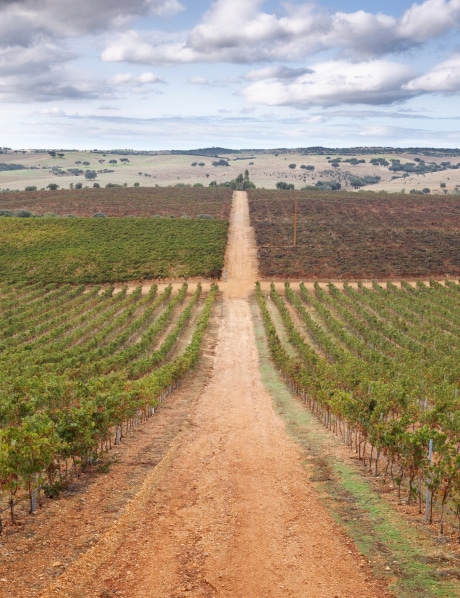
Herdade da Candeeira is one of the oldest properties in the Serra d’Ossa area, in the municipality of Redondo. On its outskirts, we find the famous “Anta da Candeeira”, a megalithic monument dating from 4,000 to 3,000 B.C. This dolmen was classified as a National Monument in 1910. These lands have long traditions in grape and wine production and Herdade da Candeeira is no exception. Attesting such rich winegrowing past is the oldest vineyard plot in the estate, planted in 1938.
Herdade da Candeeira is a 180 hectare property, and about 70 of which are planted with vineyards. In addition to the intrinsic conditions for viticulture. Herdade da Candeeira has unique characteristics as well, both in landscape and tourism potential. Served by two dams, which ensure water self-sufficiency, the property also has a house, a swimming pool overlooking the vineyards, an orchard, holm oaks and cork oaks, some of which are almost 200 years old.
18 km away, acquiring 230 hectares of land surrounding the Vigia Dam, on schist soils and with available water (a decisive factor in today’s Alentejo), the Vigia Vineyard was built from scratch, which became an integral part of the Herdade da Candeeira project. Part of the Grupo Parras’ project is the preservation of the natural landscape around the dam, with a vast diversity of flora and fauna, especially birds that find their natural habitat there for feeding, shelter, and reproduction.
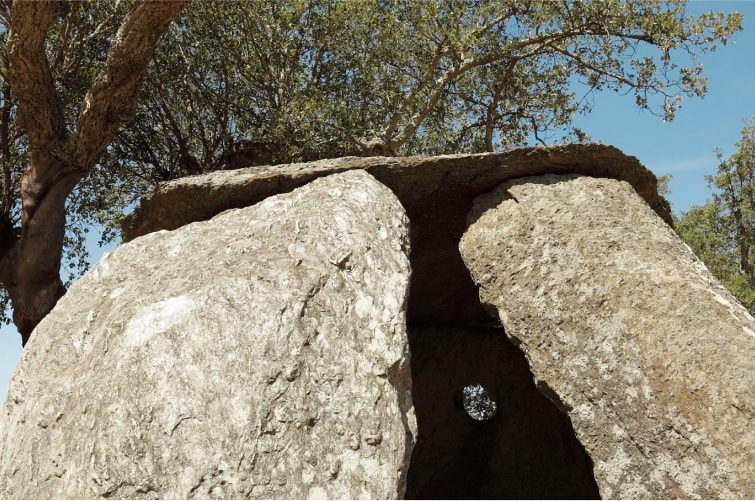
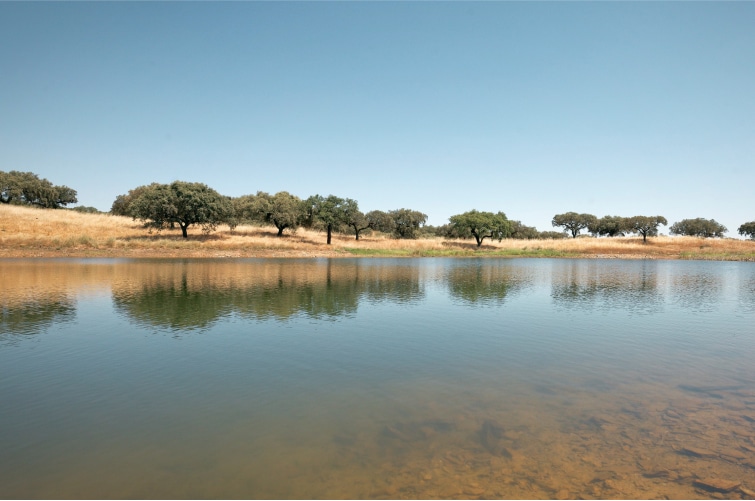
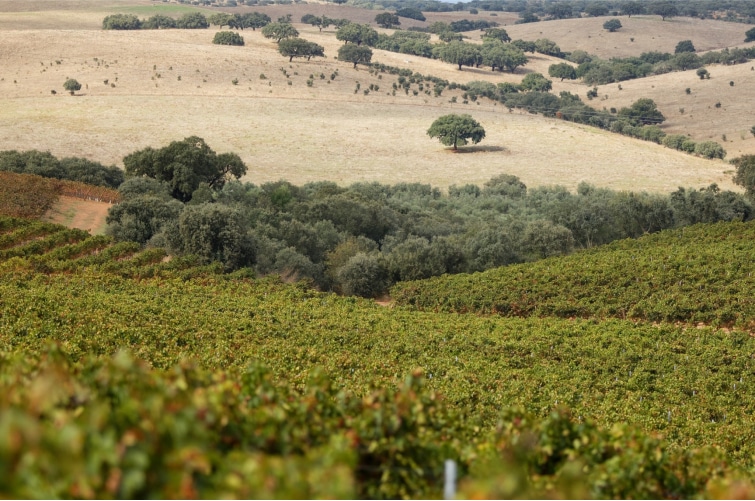
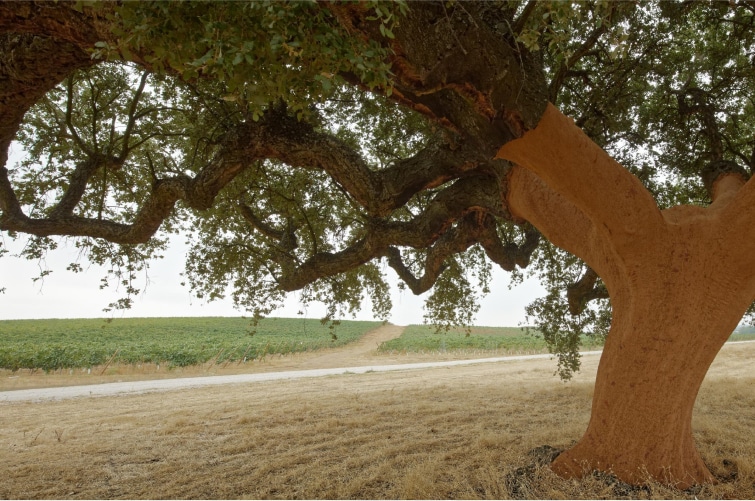
The 70 hectares of vineyards of Herdade da Candeeira include plots of old dryland vines with the traditional varieties of the region, the white and the red varieties. At Vinha da Vigia, 142 hectares of vines have already been planted exclusively with red varieties, among classic Alentejo grape varieties that have already shown excellent results in the region and others that will have the opportunity to reveal their potential in this very particular terroir.
The Herdade’s viticulture is based on a solid foundation of scientific information, with agrometeorological stations, soil moisture probes and irrigation systems with intelligent programmers, with the aim of making optimum and sustainable use of a scarce resource such as water.
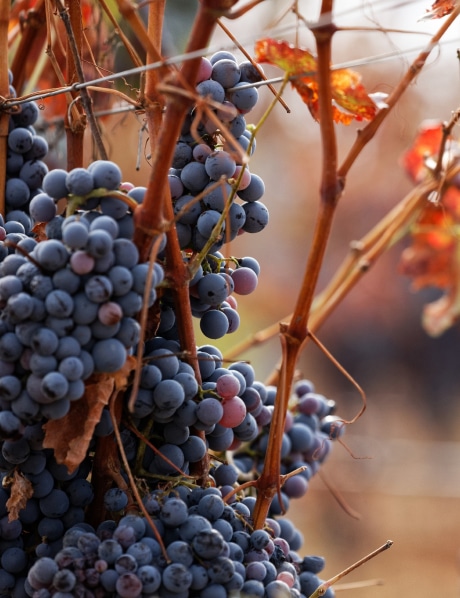
With the aim of processing its own production, the winery relies on innovation and the automation of the entire process. “On the industrial side, we’re doing the same as in the countryside, in other words, we’re building an industrial winery which, initially, has the capacity to absorb around five million kilos of grapes and which aims to be as automated as possible. This means that from the moment the grapes arrive until the wine comes out, there will be minimal human intervention. Not because this intervention is negative, but because of the growing need to optimize processes, in parallel with the difficulty in finding manpower, which is also happening in the field.” Winemaking capacity of up to 6 million kl of grapes, 3.5 million kilos of grapes processed in 2020 in the middle of the pandemic.
Herdade da Candeeira has Sustainable Production, certified by the “Alentejo Wines Sustainability Program”. This achievement reflects our unwavering commitment to preserving the environment, conserving natural resources and promoting sustainable practices in wine production. By receiving this certification, we reaffirm our commitment to using natural resources responsibly and efficiently, pledging to implement sustainable agricultural practices that contribute to soil conservation and the protection of local biodiversity.